- EN
- PT
Ag Innovator: How Treasury Wine Estates is Advancing Sustainable Winegrowing with AgTech
The Arable team recently sat down with Will Drayton, Director of Sustainability and Science for Treasury Americas, a division of Treasury Wine Estates, and a customer of Arable’s. We talked about innovations in agtech, and in the blog post below, we share a behind-the-scenes look at Will and TWE’s vision for the future of winemaking, including the growing importance of sustainable winegrowing and technology’s multiplier effect in helping all vineyards around the world be more resilient and prepared in the face of climate change.
Treasury Wine Estates (TWE) is a global leader in wine, with nearly 28,000 acres of vineyards and wine facilities producing iconic labels that are consumed in more than 70 countries. Its aspiration to be the world’s most admired premium wine company is built through creating exceptional experiences for its consumers, customers, partners, suppliers, and its people. This work includes its efforts to be good stewards of the land.
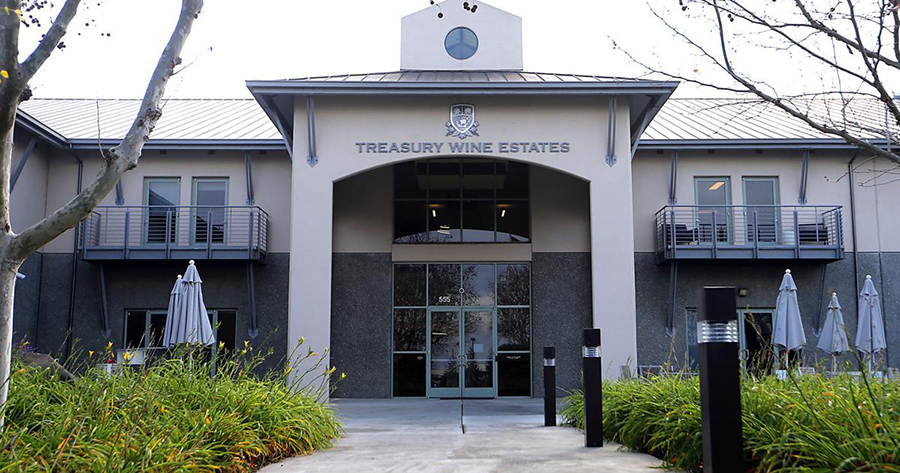
TWE’s comprehensive approach to advancing sustainability from grape to glass makes the company a national leader. In the U.S., where Treasury Americas recently announced the expansion of its on-site solar investment, the company is estimated to be the leader of on-site solar electricity generation upon completion of the project, setting a new record for a U.S. wine company of its size and scale. It is helping revitalize the Napa River in partnership with other landowners, Napa County, and funding from the US. Environmental Protection Agency and National Marine Fisheries Service. In addition, TWE is excelling in the three “E’s” of sustainability—environmentally sound, socially equitable, and economically viable practices—which was recognized by winning the 2023 Green Medal Leader Award from the California Sustainable Winegrowing Alliance.
 Will Drayton: Leading Sustainability Efforts with Experience, Passion, and Vision
Will Drayton: Leading Sustainability Efforts with Experience, Passion, and Vision
At the heart of these ambitious and fruitful initiatives is Will Drayton. He oversees technical viticulture, from choosing rootstock to treating a certain pest and disease, calculating what the yield estimates are going to be, and using leading-edge technologies to monitor the vineyards. His team also looks after analytical chemistry and extends to improving winery processes and engineering and finding ways to produce superior wines with lower footprints, less water, less energy, less carbon, and less waste.
Says Drayton: “If there’s scientific work involved with growing wine, making wine, packaging wine, how it tastes, et cetera—there’s a good chance I’m involved.”
On a typical Monday, you may find Drayton scouting the fields on the ground or traveling to the vineyards in his electric vehicle, conferring with viticulturists, analyzing wines with winemakers, developing approaches to carbon sequestration, inspecting restoration progress at the Napa River, or collaborating on business strategy with colleagues in Australia.
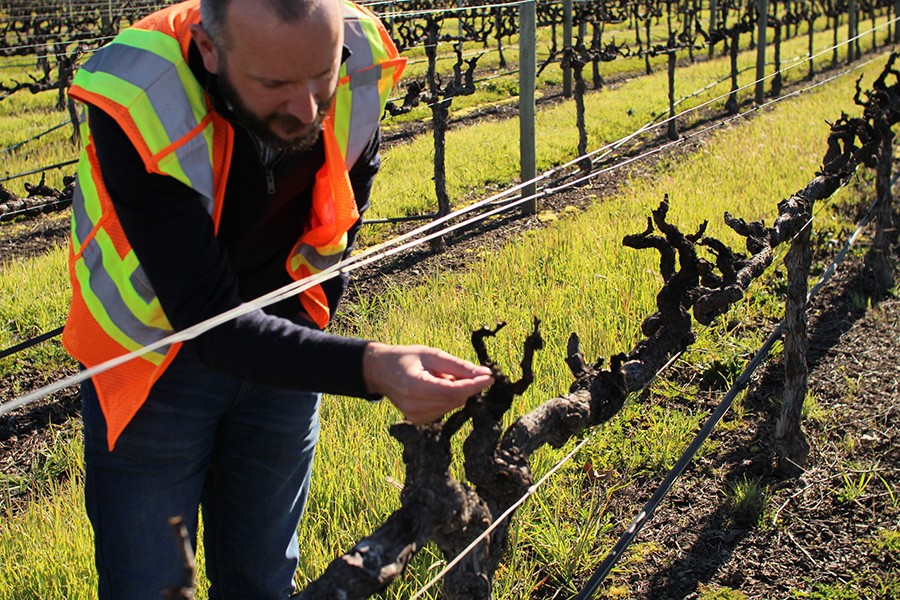
Drayton’s expansive responsibilities and depth and breadth of expertise (his formal education includes experimental psychology, natural sciences, agronomy, horticulture, and viticulture) are representative of TWE’s comprehensive, multi-faceted work to make its entire operations more sustainable. In 2021, TWE set an ambitious goal to lead the wine industry in sustainability and committed to a range of environmental targets, including being 100% powered by renewable energy across its operations by 2024 and achieving net zero emissions for its operations by 2030.
Sustainability is part of the Cultural Fabric of TWE
Efforts to improve climate resilience are a top priority because of the sensitivity of vines and fine winemaking to climate change. According to Drayton: “There’s an immediate, obvious cost to making the wrong decisions in light of weather events caused by climate change—specifically, poor yield and quality—and also an immediate prize to being nimble and adapting while also reducing future risk. Our efforts to mitigate the impact of extreme weather events range from leveraging in-field technology to closely monitor the vineyards, to investing in soil health for greater water retention and nutrient cycling, to preserving natural local habitats like the Napa River, and investing in advanced lab equipment to detect for traces of smoke taint in wine should wildfires happen.”
More broadly, sustainability is something that TWE has incorporated since its founding. In the last five years, it has doubled down efforts in recognition of climate change. The company is actively exploring a myriad of ways to improve how to farm, live, and employ its team more sustainably. As the pace of innovation has accelerated, TWE has matched it step for step, leveraging leading-edge technologies throughout the supply chain, all with an eye toward maximizing sustainability efforts from root to fruit and beyond.
Leveraging the Power of Agriculture Technology to be Ready for What’s Next
Agriculture technology has become a powerful tool for TWE to better respond to rapidly changing environments. In combination with effective traditional farming methods, Drayton casts a wide net in his search for solutions to maximize productivity, minimize environmental impact, and create a more sustainable future.
This includes using Arable’s crop intelligence system to correlate in-field weather, plant, soil, and irrigation factors with vineyard health and grape quality.
According to Drayton: “The enhanced in-field visibility is key to being responsive in the season and the ability to create a record of the climatic conditions—such as the exact humidity levels, the temperatures that were reached during that heat wave, or capturing a frost event and how long it was—is instrumental to future planning efforts by our team.”
This information is used by Drayton’s team to educate the global TWE team about what happens during intense weather or climate events, and the most economical and effective ways to use resources to realize the best outcomes. This information informs irrigation strategies, harvest timing, or pruning decisions, among other tactics. Historically, lessons learned have included vineyard- and grape-specific responses to vapor pressure deficits during a specific event, how hot it got before TWE saw a significant level of grape desiccation and yield loss, or which canopy structure produced the highest quality fruit.
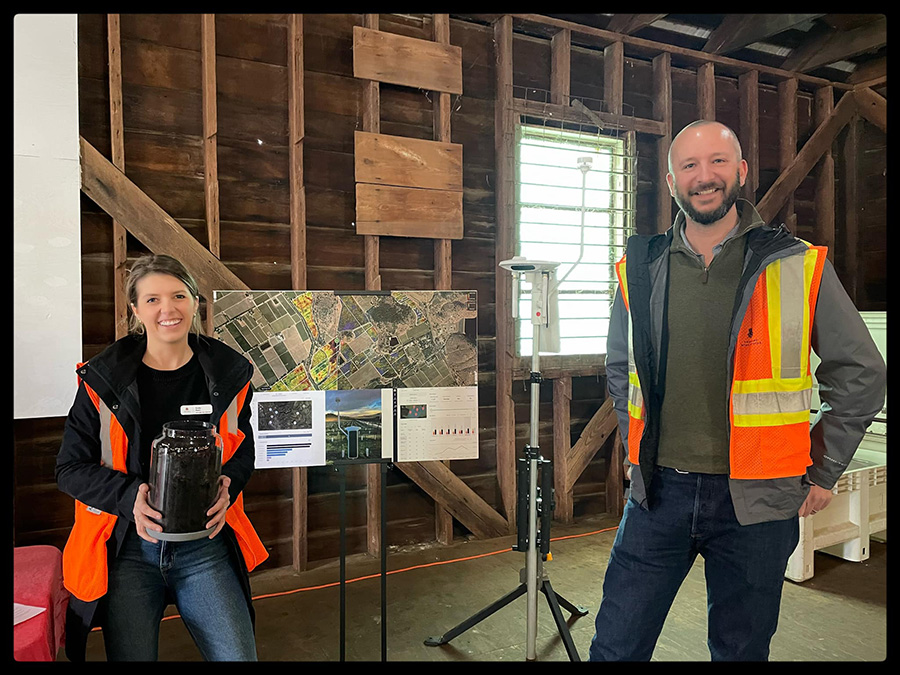
With the help of modern agriculture technology, TWE’s California vineyards benefit from learnings in vineyards in France, Italy, New Zealand, and Australia. Drayton sees the pace of farming only getting quicker; their team is working to learn from every heat wave or frost event (regardless of location) and apply those lessons to more effectively prepare for the future. TWE’s global presence delivers insights from multiple regions simultaneously, allowing the team to plan not only for immediate weather adverse events but also for future decades of grape farming.
“Technology is the multiplier effect delivering both immediate and long-term value more quickly than ever before,” says Drayton.
Drayton views TWE’s investments in enhanced vineyard visibility and intelligence as a natural extension of the company’s ethos of being dedicated to looking after its properties and the land.
Combining Tradition and Innovation for Sustainable Winegrowing that Produces the Best Grapes
It could be said that growing grapes is one big, natural experiment. Nature is always delivering different variables, and TWE works hard to capture that information for use in planning for a more resilient and successful future.
TWE recognizes the value of both traditional farming and vinification methods and combines them with information learned through technology-enabled visibility into its vineyards and varietals to make measurable improvements in its wine quality. By combining conventional ways with the newest agtech innovations, working closely with the wine growing community to share best practices such as the latest pest and disease models, and staying up to date on research, Drayton believes that they are best prepared for the unexpected and positioned to realize early and long-term gains from their investments.
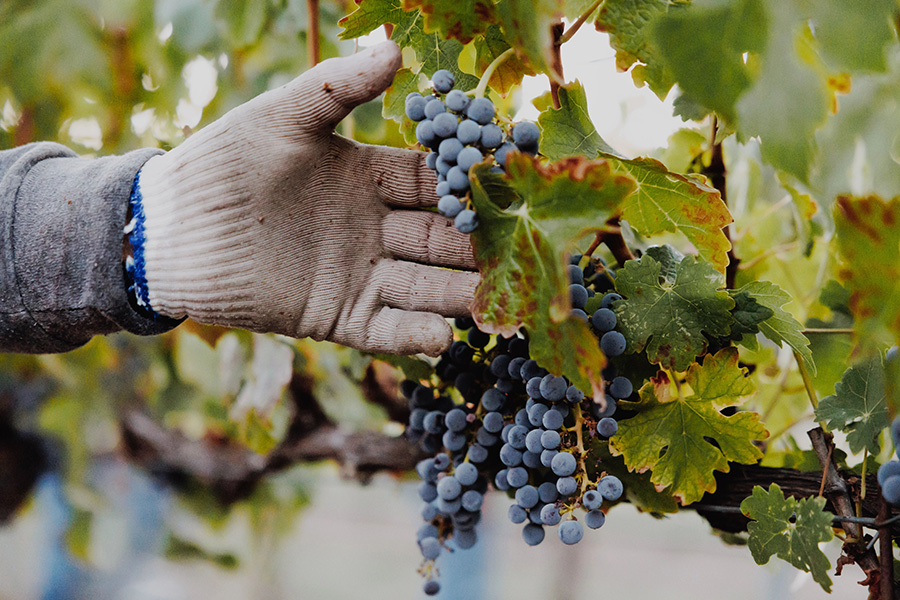
Drayton also recognizes the value of driving tech adoption across the entire TWE team. Teams responsible for the vineyard are much more likely to adopt technology when it benefits their work in a tangible way, which includes making their efforts more effective and efficient. In this way, Drayton and TWE are making their digital transformation a company-wide effort, which also has the potential to close future gaps in the industry-wide labor shortage.
Tech Builds Business Transparency and Efficiency: A Use Case
For TWE, investing in sustainability methods for improved productivity is more than just being good stewards of the land—it’s about making a business case, and that includes budget decisions. Drayton was recently able to give Treasury Americas’ finance team direct access to vineyard-specific weather information through Arable to help expose the team to the logic behind vineyard-specific decisions. This insight was so valuable that TWE’s finance team now has Arable weather data streaming into their Power BI dashboard to better inform the budget analysis. According to Drayton: “This transparency, access, and data accuracy builds a whole new level of trust and accountability, and ideally, will deliver on future efficiencies to integrate various data streams and access results across many different departments.”
Local Efforts Have Global Impact
At the recent Napa RISE wine & climate symposium, a change-making convention working to enable the Napa County wine industry to set a standard for sustainability and climate action, Drayton reflected that the challenge goes beyond individual vineyards. He shared rough estimates from climate scientists showing that as a global community, it’s necessary to reduce the world’s carbon footprint by 1% every month from now until 2030 to hit climate mitigation goals.
For TWE’s peers, Drayton recognizes that the collaborative nature of the winemaking industry means that all investments in agriculture technology alongside new processes, innovations, and findings have the potential to lift all boats—something key to the future of wine growing.
“Treasury only wins if we’re all sustainable as an industry; we’re always happy to share any lessons learned,” says Drayton.
Visit the TWE website to learn more about the company’s commitment to sustainability.
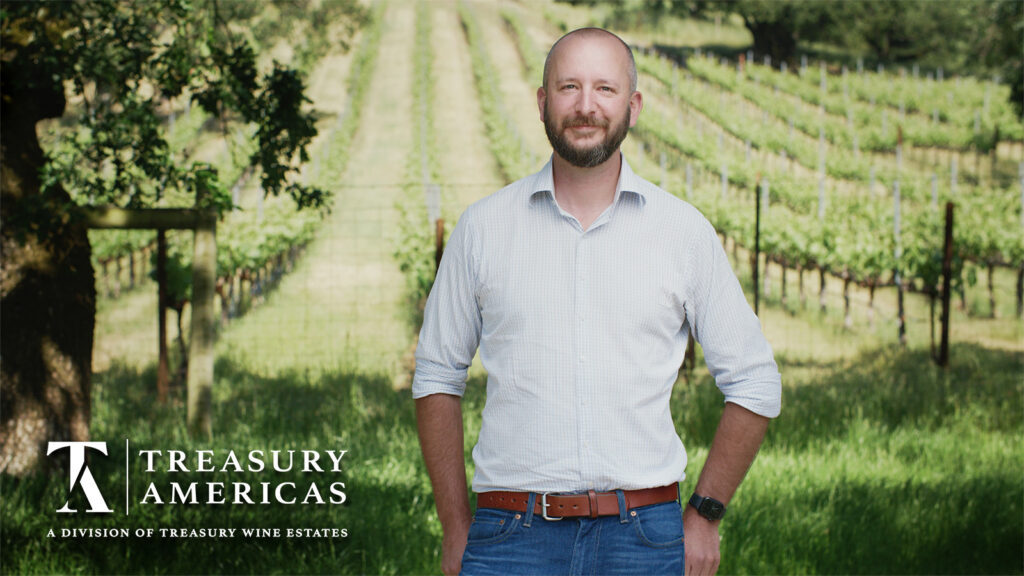
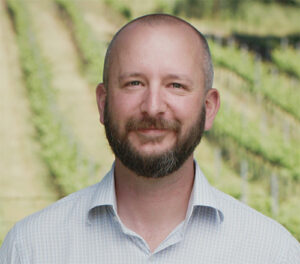 Will Drayton: Leading Sustainability Efforts with Experience, Passion, and Vision
Will Drayton: Leading Sustainability Efforts with Experience, Passion, and Vision